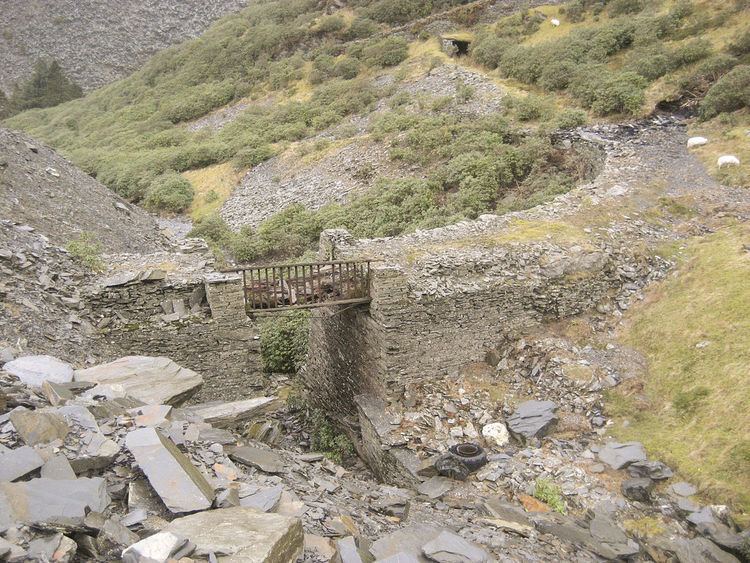 | ||
Some industrial narrow-gauge railways in the United Kingdom and the Isle of Man were primarily built to serve quarrying, mining, and similar industries. Some of these narrow-gauge railways offered passenger services for employees or workmen, but they did not run public passenger trains. They are listed by the primary industry they served.
Contents
Cement works
Many of the cement works and their associated chalk pits had narrow gauge railways, particularly those in the South East of England. The Associated Portland Cement Manufacturers Ltd. (APCM, later Blue Circle Industries, and Lafarge) was the major producer of cement in the United Kingdom in the second half of the twentieth century and many of their plants used railways.
China clay extraction
In Britain large deposits of Kaolinite (commonly known as "china clay") were found in Cornwall. Many industrial railways, both narrow gauge and standard gauge, were built to serve the china clay quarries and mines of this area.
Sand and gravel extraction
The sand and gravel extraction industries made extensive use of narrow gauge railways, and several of these lasted into the 1980s - this was one of the last industries to make significant use of narrow gauge industrial railways in the UK.
Slate
The most well-known of the British industrial narrow gauge railways were those serving the slate industry of north Wales. Many of the quarries had internal tramways and feeder lines connecting them to transhipment points on local railways, rivers, roads or coastal ports.
The British coal mining industry made extensive use of narrow gauge railways, particularly underground where the restricted size of the tunnels meant that narrow gauge lines were and are particularly well suited. Many National Coal Board (NCB) mines used railways both underground and in the stock yards above ground. There were also many short lines at private mines, particularly in south Wales and the Forest of Dean regions.
Iron
Mainly ironstone quarries
